Cleaning /Purge method of triple eccentric butterfly valve
As a new type of high-performance butterfly valve product, triple eccentric butterfly valve is widely used in heating, heating, gas supply, water supply pipeline and heating system of power station. After the triple eccentric butterfly valve is installed on the pipeline, it must be purged before work. After the butterfly valve and the pipeline are
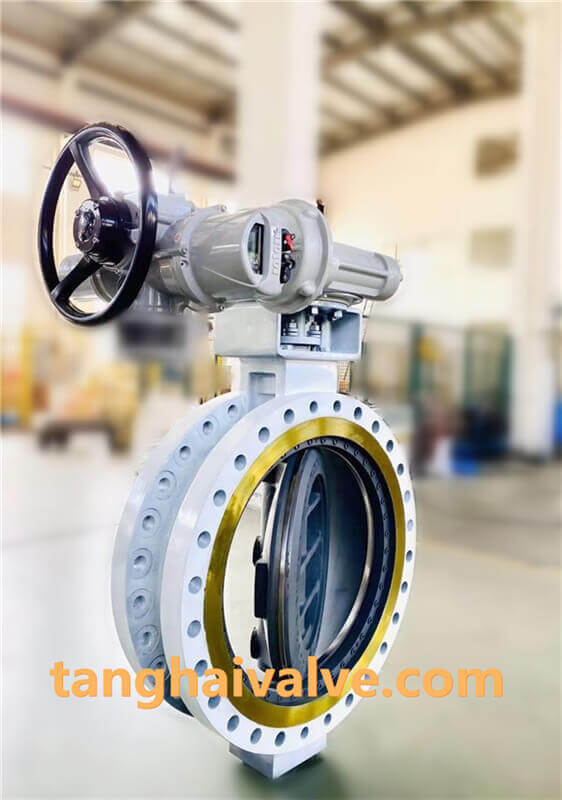
triple offset butterfly valve-double flange- (5)
installed, purging is required. The purging is to clean the pipeline and prevent the medium in the pipeline from affecting the normal operation of the valve. . What are the purge methods for the triple eccentric butterfly valve?
There are three common purging methods for triple eccentric butterfly valves: water flushing, air purging, and steam purging. Let’s introduce them one by one below.
Water flushing method:
1. Use clean water when flushing valves and pipes with water.
2. When flushing, use the maximum flow rate, and the flow rate of the water flow is not less than 1.5m/S.
3. The valve and the drainage branch of the pipeline must be flushed.
4. Water rinsing should be carried out continuously, until the color and transparency of the drain outlet are basically the same as the inlet water from the naked eye, it is qualified.
5. After the valves and pipelines have been flushed with water, if they are not put into production temporarily, the water inside should be completely drained to keep the valve body and pipeline dry.
Air purging method:
1. Air purging uses a large container in a large compressor to perform intermittent purging of valves and pipes. The purging pressure cannot exceed the design pressure of the vessel and pipeline.
2. When purging oil-free pipelines, the gas must not contain oil.
3. After air purging the pipeline, you can paste a white cloth or white painted wooden target board on the pipeline exhaust port where the valve is installed to check whether the pipeline is cleaned. After blowing for a few minutes, there is no rust on the white cloth. Other sundries such as dust are qualified.
Method of steam purging:
1. During steam purging, a temporary pipeline should be installed, which should be installed in accordance with the technical requirements of the steam pipeline.
2. The steam pipeline is used for purging the valves and pipelines with a large flow of steam, and the flow rate of the steam is not less than 30m/s.
3. Before steam purging, the pipes should be warmed up and the water in the valves and pipes should be drained. The pipes should be warmed up, drained in time, and the thermal displacement of the pipes should be checked.
4. The steam purging should be carried out in a cycle, and the sequence is heating-cooling-reheating.
TH Valve is a professional manufacturer of butterfly valve, gate valve, check valve, globe valve, knife gate valve, ball valve with API, JIS, DIN standard, used in Oil, Gas, Marine industry, Water supply and drainage, fire fighting, shipbuilding, water treatment and other systems, with Nominal Diameter of DN50 to DN1200, NBR/EPDM/VITON, Certificates & Approvals: DNV-GL, Lloyds, DNV, BV, API, ABS, CCS. Standards: EN 593, API609, API6D
Related news/knowledge:
Valve cleaning steps and assembly requirements
Installation and maintenance of electric ball valve
Selection and application of eccentric butterfly valve
The sealing characteristics and principle of eccentric butterfly valve

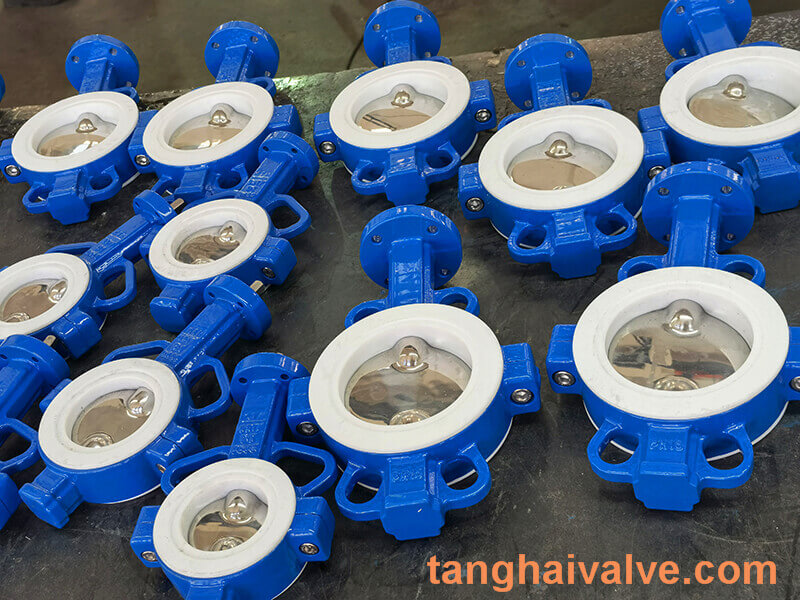
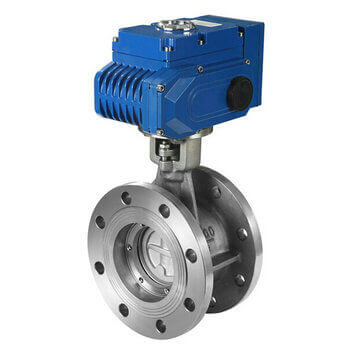
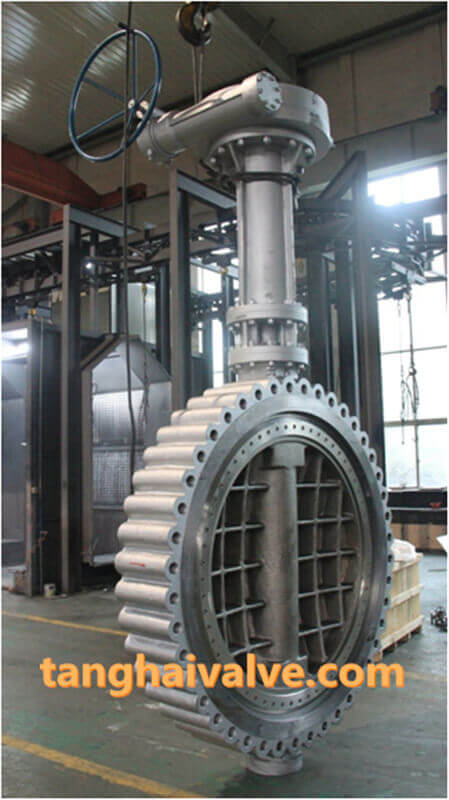

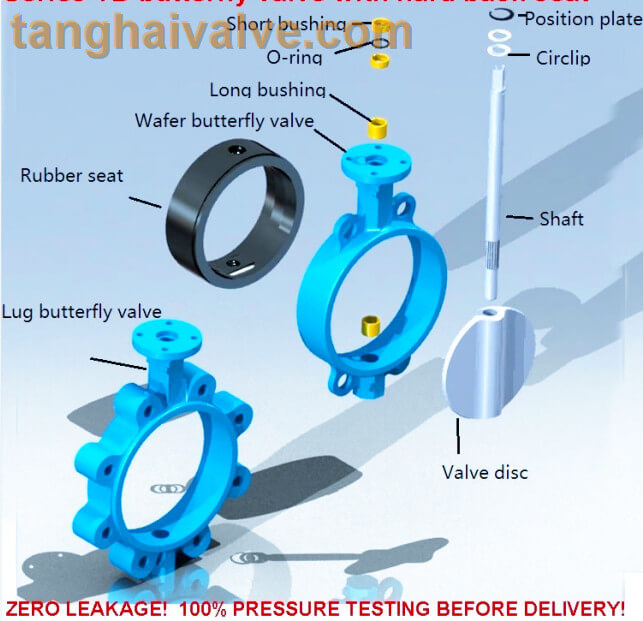
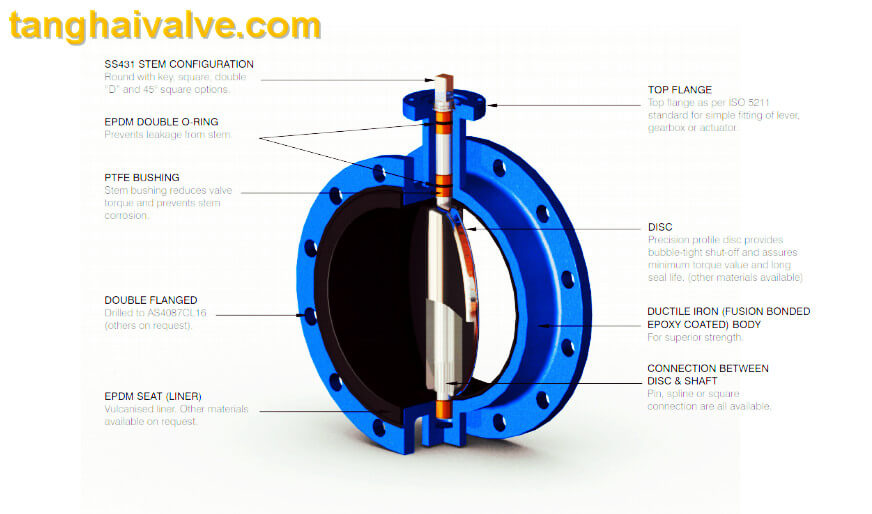
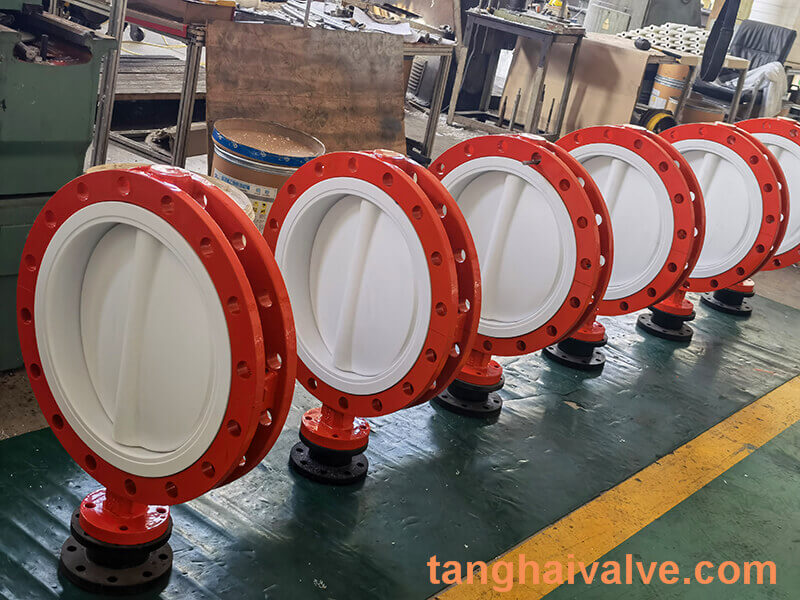
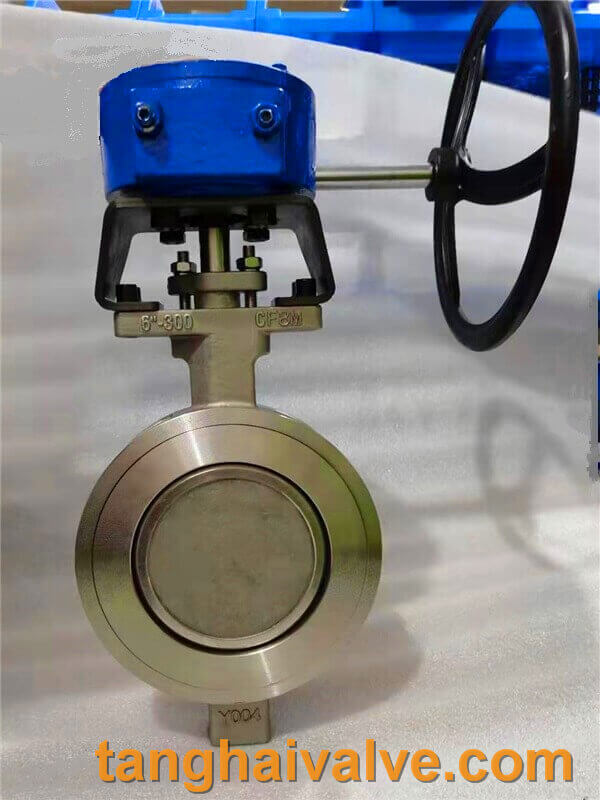
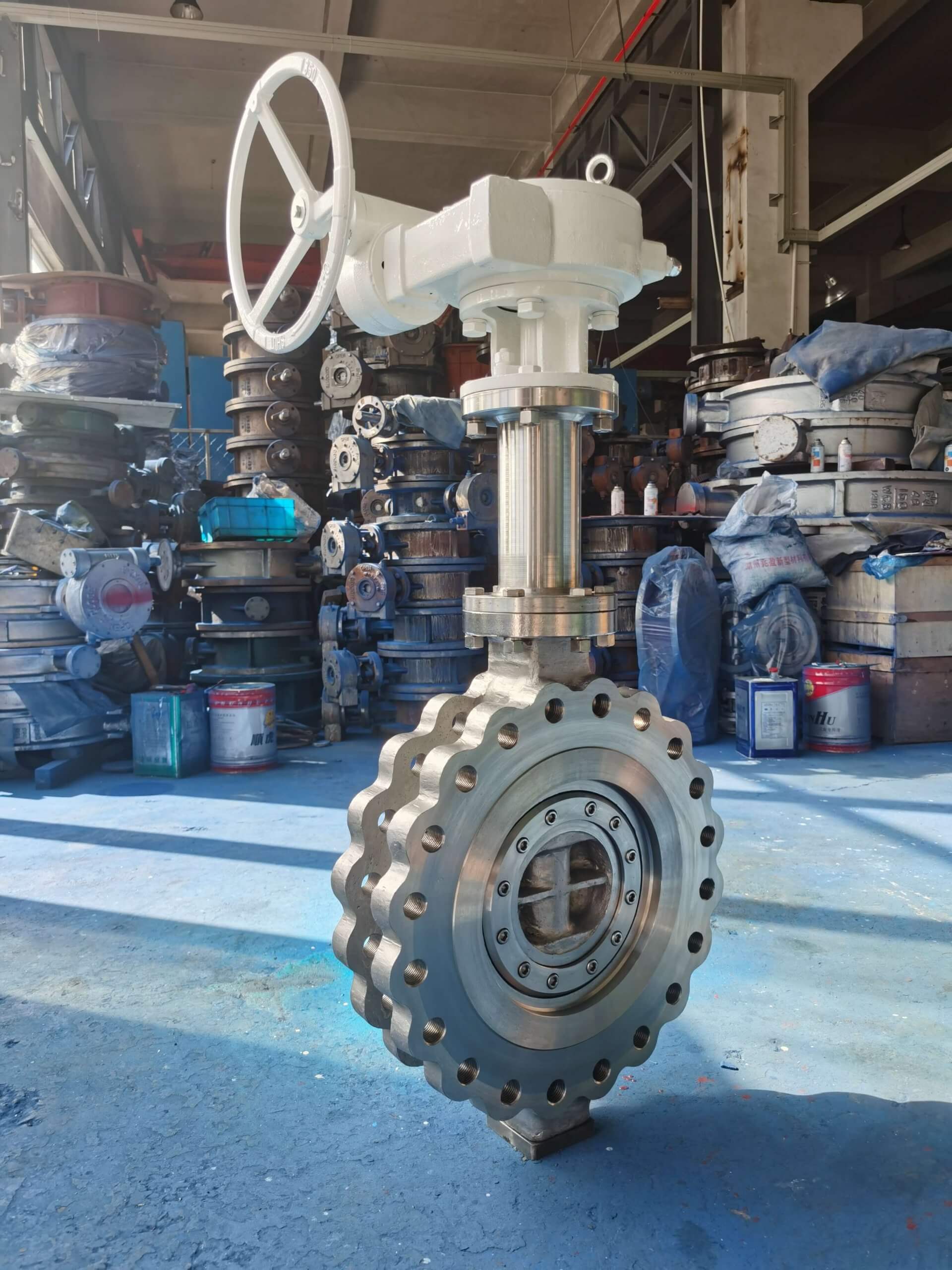
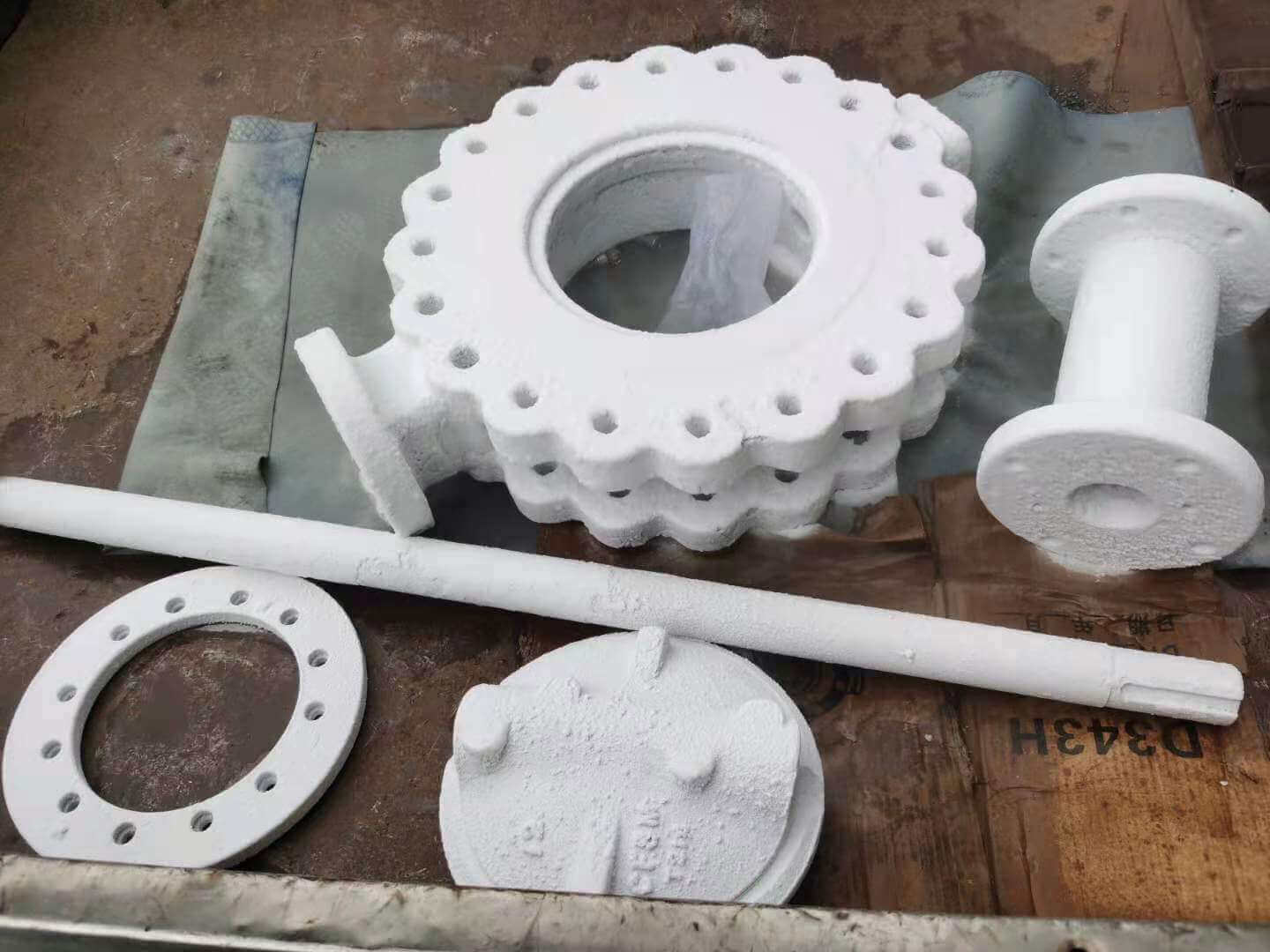


 © Copyright 2020 Tianjin Tanghaidongyang Valve Co., Ltd. All Rights Reserved.
© Copyright 2020 Tianjin Tanghaidongyang Valve Co., Ltd. All Rights Reserved.